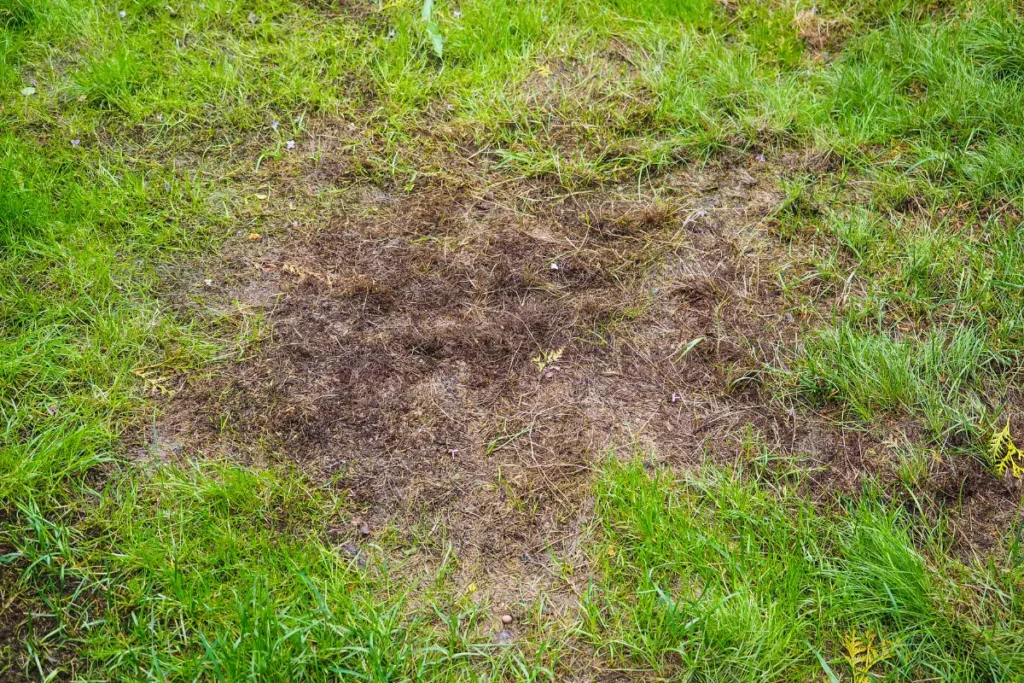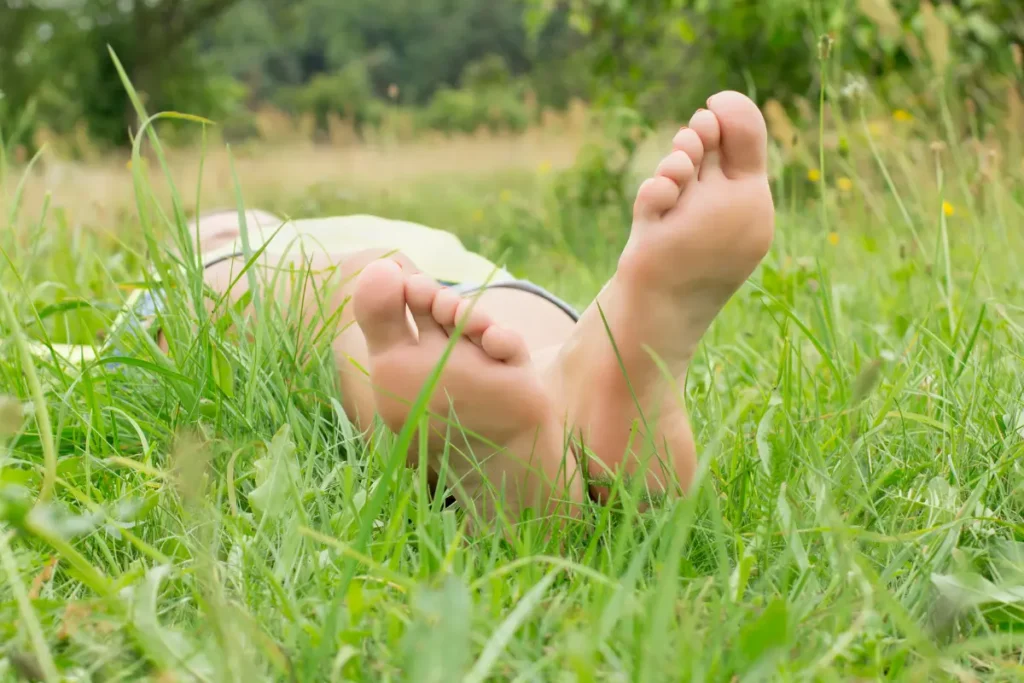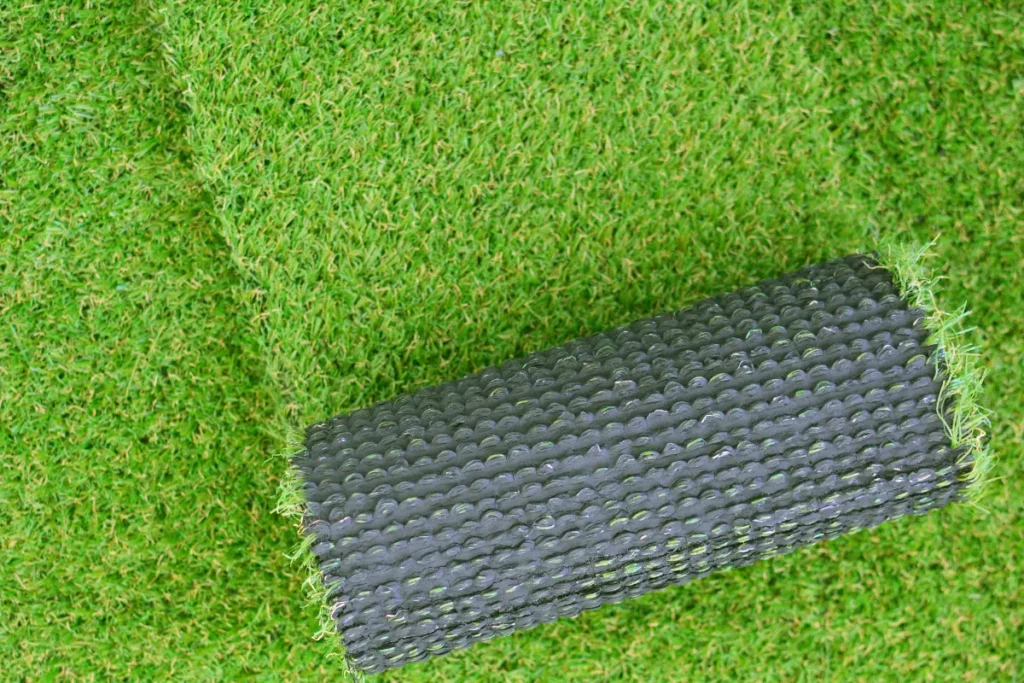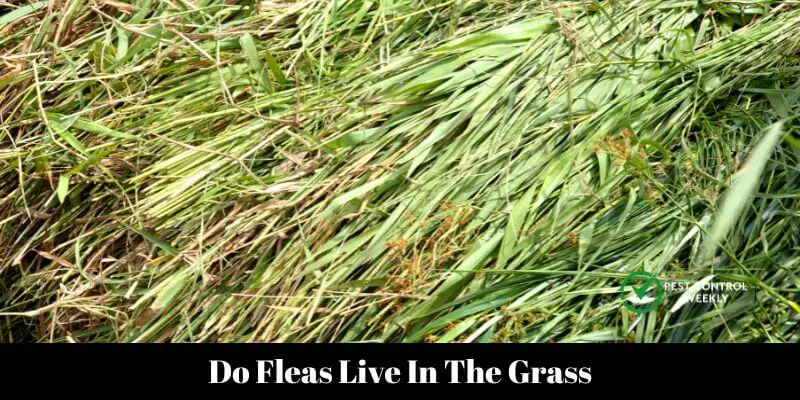Adult fleas seek secure hiding spots in homes and the backyard where they can wait for their victim. Bedding, household equipment, carpeting, and rugs inside the house. Do fleas live in the grass?
Yes, fleas Do live in the grass, particularly in the lower, shaded parts near the ground. Flea eggs can adhere to the vegetation at the bottom and develop into adult fleas.
Because fleas fear direct sunlight, locations with grass, dirt, and soil in the shadow may harbor fleas. To learn more, read the entire article.
Do Fleas Live In Grass During Winter?

Mostly Fleas do not live in the grass throughout the winter. Many fleas and their eggs will die as winter sets. Fleas enjoy and are most active at, a temperature range of about 75 degrees. Fleas can cocoon and remain there for months if the temperature drops and stays around 50 degrees. At any stage of growth, a flea cannot endure subfreezing temperatures.
Flea eggs can hatch at any time during the winter. Fleas are least active at sunrise and most active around sunset. Movement, egg production, and respiration all increase at dusk. Fleas never truly stop being active in winter. They lay eggs and excrete waste at all times of the day in winter.
Do You Get Fleas From Grass?

Yes, fleas can infest humans through grass, but they do not dwell on people. They typically leap from an infected pet or another animal, although it’s most likely from an infected pet bed, and chow down on the legs, ankles, and thighs.
Fleas do not lay eggs and repopulate on a predictable cycle on humans as they do not have fur or feathers like other animals or birds. Before a flea can reproduce, you’re likely to wash it off or scratch it.
While waiting for a new host, fleas can thrive in warm, moist soil and grass because they enjoy moisture. Because fleas fear direct sunlight, locations with grass, dirt, and soil in the shadow may harbor fleas. Hence, it’s wise to direct sunlight into every yard corner to prevent fleas.
How Long Do Fleas Live In The Grass?
Depending on the state of the grass and garden, fleas can live in the grass unattended for two to three months without a host. However, female fleas may not deposit eggs in grass in the absence of a host, but if they do, they may do so in large numbers within 48 hours.
They can live on grass and houses for a very long period, and the few seen on pets may only be the tip of the iceberg. Therefore, a simultaneous and long-term flea removal plan may be required.
If you suspect a flea infestation, getting a professional flea exterminator is preferable to get rid of them because fleas are not only itchy but also a source of infections from grass.
Can My Dog Catch Fleas From Grass?

Yes, Dogs can get fleas from the grass. Once they have consumed enough blood, fleas usually hop off the dog and land in the grass. This is how fleas get on dogs to feed on their blood for reproduction.
Getting rid of a flea infestation can undoubtedly be extremely difficult. For dogs, which may scratch their skin bare for hours or even days, it is even more agonizing.
However, fleas can also be picked up from the grass by animals other than dogs. They can be carried by humans in almost any clothing or fur, including shoes, socks, pant legs, and coat sleeves. Even worse, they will nip at people and hurt them.
Do Fleas Live In Artificial Grass?

No, fleas cannot live in a yard with artificial grass since they cannot breed, lay eggs, or feed.
There are many advantages to synthetic turf. It is environmentally friendly, pet-friendly, and helps many people with allergy problems. Installing artificial grass has several unintended benefits, such as keeping fleas out of the yard.
Since artificial grass doesn’t produce pollen and lessens bothersome allergy symptoms, you won’t need to add those dependable allergy medications to your grocery list when summer arrives.
How Do You Know If You Have Fleas In Your Grass?
Many animals carry fleas, including dogs, raccoons, deer, skunks, rats, and feral cats. When these animals are on grass in your yard, there is a potential that they will leave flea eggs behind.
Itching and scratching are common symptoms of fleas in your yard, as is spotting your pets acting strangely. Your dog or cat scratches excessively, and you may also see red spots or pimples on their stomachs or between their legs. As a result of all the scratching, you can see hair loss or dry skin.
Fleas can transfer from an outdoor pet to an indoor one or jump on an inside pet from an open patio door, making even indoor pets susceptible to fleas.
Conclusion
Although there is conflicting evidence regarding whether fleas live in grass, most experts concur that fleas prefer humid, moist, and shaded grass areas to live. Fleas are believed to grow on the grass at a tolerable temperature in the present, even during winters. While fleas can infest humans from grass, they do not live on people.
Fleas do not lay eggs and repopulate predictable cycles on humans since they do not have fur or feathers like other animals or birds do. The several signs mentioned above can help you find an infestation of fleas on your lawn’s grass.
References
Maestas LP, Britten HB. Flea and Small Mammal Species Composition in Mixed-Grass Prairies: Implications for the Maintenance of Yersinia pestis. Vector Borne Zoonotic Dis. 2017 Jul;
Adam Van Dyke, Preventative Flea Beetle Control in Perennial Ryegrass Golf Turf, 2020, Arthropod Management Tests, Volume 46, Issue 1, 2021

